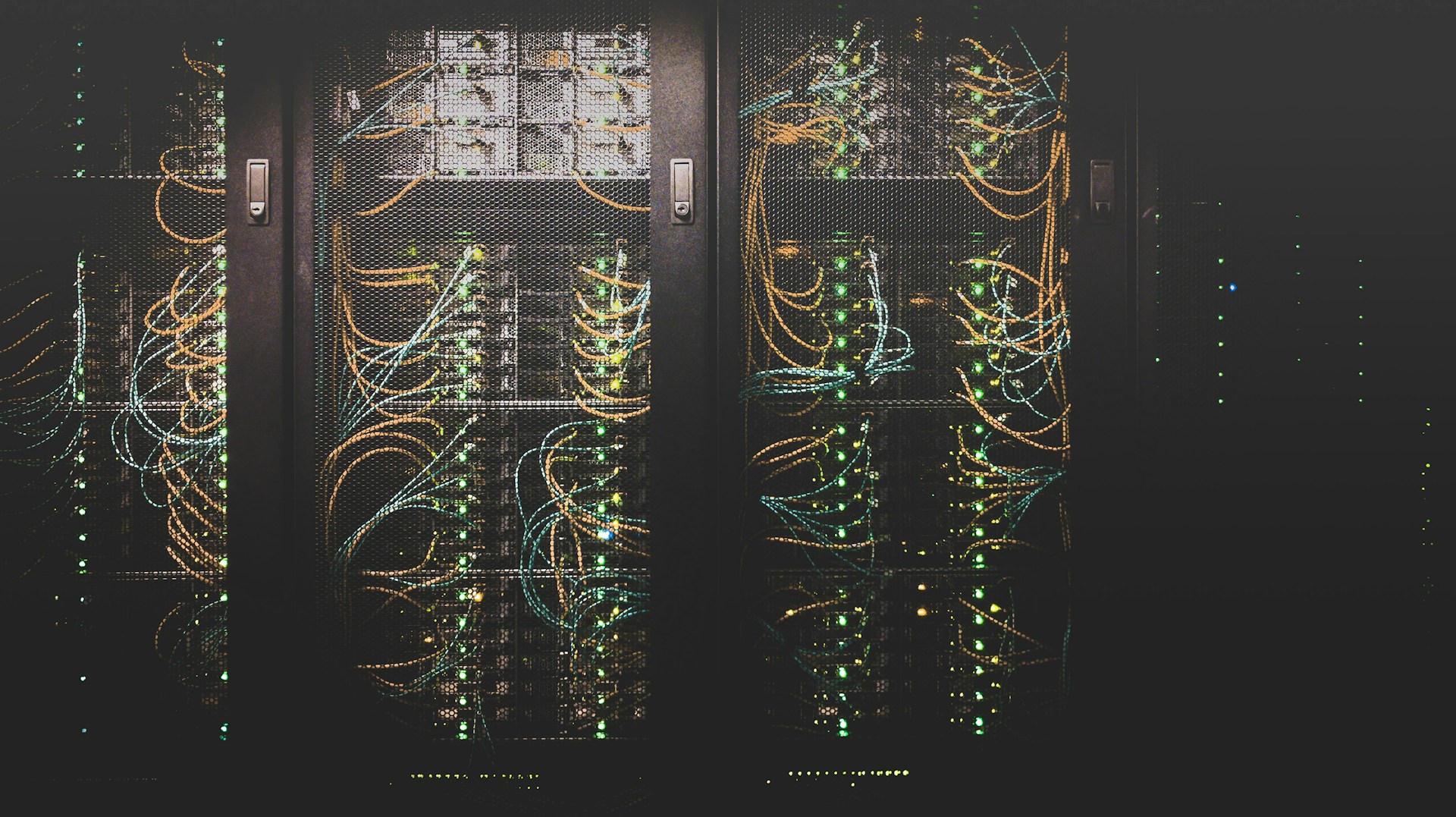Use data analytics to better understand customers by segmenting them into actionable groups, predicting their behaviors, analyzing their sentiments, mapping their journey across touchpoints, and personalizing experiences based on their preferences and history.
How: Use clustering algorithms or other segmentation techniques to group customers based on demographics, purchasing behavior, or preferences.
Why: Understand distinct customer groups to tailor marketing campaigns and product offerings.
Example: Segmenting customers into “frequent buyers,” “seasonal shoppers,” and “one-time buyers” to create targeted promotions.
MORE 



